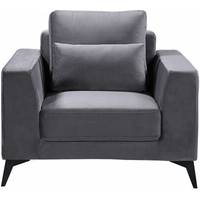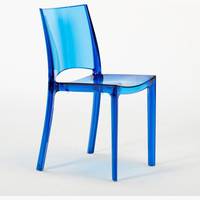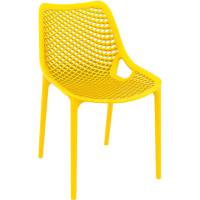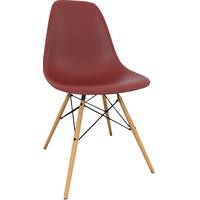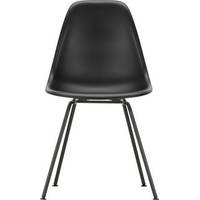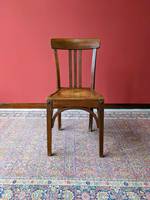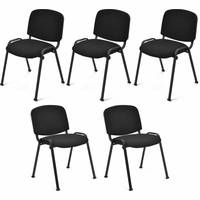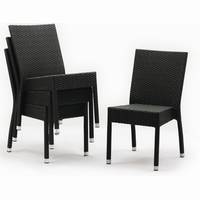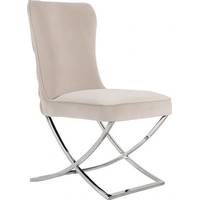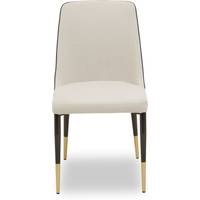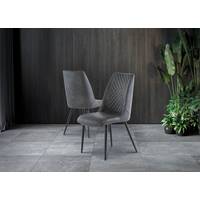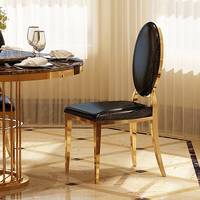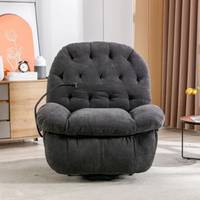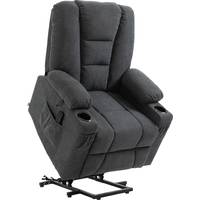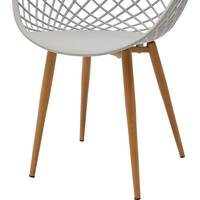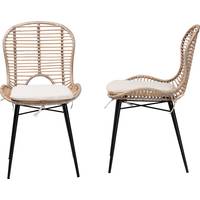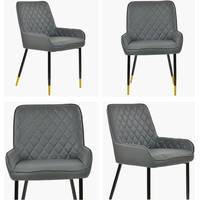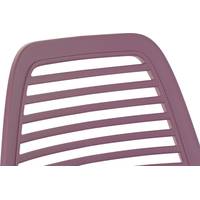Vitra Wiggle Side Chair Miniature - / Gehry (1972) by Vitra Natural wood
Description
Vitra Miniature Natural wood Paper. Dimensions: L 6.5 x D 9.5 cm x H 14.5 cm. Located in Weil am Rhein in Germany (near the Swiss border), the Vitra Design Museum is a privately funded museum that showcases the unique design collection of the Swiss furniture manufacturer Vitra. The Vitra Design Museum collection is one of the most important furniture design collections in the world. It contains around 7,000 pieces of furniture, more than a thousand lighting pieces, numerous archives and the inherited series of famous designers such as Charles & Ray Eames, Verner Panton and Alexander Girard. The Vitra Design Museum's collection of miniatures, which started more than 20 years ago, is an illustration of the milestones in the history of design. This collection encompasses the entire history of industrial furniture from the 1800s to present day, creating a pathway through time leading to the creation of modern seating, from historicism and Art Nouveau to Bauhaus and New Objectivity, Radical Design and Postmodernism to present day. A magnificent collection of emblematic works is presented to you. These chairs that have taken their place in history all carry the memories of their times: Materials, shapes, colours... They reveal the often forgotten dreams of their time, the (sometimes utopian) aspirations of their designers, but above all to their vision of the world. The chairs are reproduced on a one-sixth scale and faithfully replicate the original historical model down to the smallest details in the design, material and colour shade. This precise detail is also applied to the wooden grain, the reproduction of the screws and the meticulous methods of handcrafting. These miniatures are not only valuable collector's items, but are also an educational tool for universities, design schools and architects. Rolf Fehlbaum, President of Vitra: “We can deduce and understand an era, its social order, its materials, its techniques and its taste by observing its chairs. I should point out that no other everyday object offers such diversity.” Frank Gehry (1929) is best known for his architectural achievements, such as the Guggenheim in Bilbao, the Walt Disney Concert Hall in Los Angeles, and more recently the Louis Vuitton Foundation in Boulogne. His style is easily recognisable, made of spectacular curves and lines, and elements that defy the laws of construction. He first works with papers that he crumples and twists to find a shape that he likes, before modelling it on a computer. This architect was also a designer, particularly in the 1970s and 1980s. Gehry had been experimenting with new production techniques since the 1960s, and was interested in inexpensive and affordable materials. This research led to the Easy Edges series, of which the Wiggle Side Chair is the best known piece. Designed in 1972, it is a tribute to the Zig-Zag chair by Rietveld (1934). Frank Gehry is known for his use of unusual materials. With his Easy Edges furniture series, he managed to give a new aesthetic dimension to a material as commonplace as cardboard. Gehry uses thick sheets of laminated cardboard, placed at right angles and glued together. This technique is similar to chipboard, which gives the chair a solid appearance. This impression contrasts with the malleable nature of the material, and the wavy shapes of the chair, which make it look pleasant and light. The sculptural shape of the Wiggle Side Chair makes it stand out. Although disconcertingly simple in their appearance, the Easy Edges have been designed with the utmost care by the architect and are extremely robust and stable.
You may also like
loading
Discover more









































